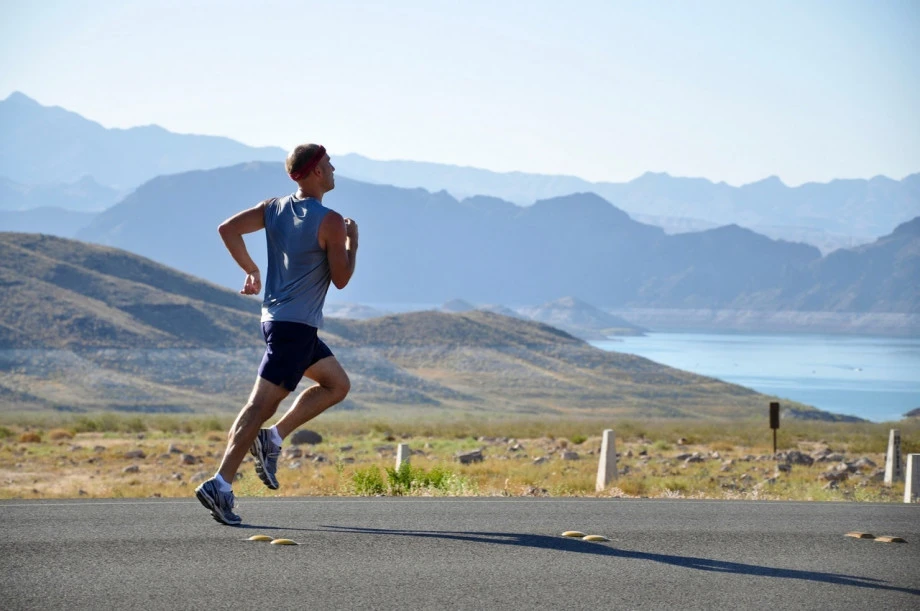Chris Gabriel, OCS, CSCS
One of the joys of running is the ability to throw on your running shoes, hit the road and let your mind relax. But runners who pay attention to cadence, or how many steps they take per minute, can improve running efficiency and decrease injury risk.
Most elite runners have an average cadence of 180, while novice runners tend to be in the 160-165 range. Chris Gabriel, a physical therapist with OrthoCarolina Matthews, says research shows that an increased running cadence reduces shock at the hip, knee, and ankle while reducing ground contact time.
Runners can measure cadence by simply counting the number of times their right foot hits the ground per minute and multiplying that number by two. A cadence counter on an app or running watch can also measure this number.

Runners with a slow cadence tend to over stride and land heavily on the heel. By increasing cadence, most runners will naturally adopt a more midfoot strike (see drill below) and land with the knee slightly flexed, allowing the body to use muscles more naturally to absorb force.
Technology can help again here, with various metronome apps available which give an audible tone that can be adjusted to the desired running cadence. Most runners are able to adapt their footstrike patterns to this tone with a little practice. Other apps have music choices which keep the runner on track with the proper cadence.
Slow and steady wins the race again, as Gabriel cautions that runners should be gradual in making adjustments to form and stride. A 5 percent increase in cadence is a reasonable goal initially, working up to a 180 cadence over time. In addition to cadence manipulation, Gabriel emphasizes that most runners would be well served to put in some extra work on hips and core and incorporate cross-training into off days.
Midfoot Strike Running Drill
A midfoot strike is ideal for runners and helps reduce the force and shock to a runner’s hip, knee, and ankle. Chris Gabriel, a physical therapist with OrthoCarolina at D1 Sports, recommends incorporating an easy marching drill into your running program that can help train your muscular neuromuscular system to more naturally fall into a midfoot strike.
This drill, when practiced regularly, allows you to get used to the feeling of making more of a midfoot strike while running.
To practice the drill:
1. Stand in a relaxed posture, shoes off, and lean forward from the ankle until you feel the weight shift from the heel more towards the front part of the foot.
2. March in place while maintaining this slight forward lean and using arm action as you would when you run. Do not bend forward at the waist or allow the butt to stick out.
3. Gradually build up the pace while maintaining good form and a midfoot strike. A sport cord around the waist can help to get the feel for the forward lean.
Gabriel recommends including this drill and marching for approximately 30 seconds 2 – 3 times a few times a week before you run.
Chris Gabriel, OCS (Board Certified Orthopedic Specialist), CSCS (Certified Strength and Conditioning Specialist), practices physical therapy at the OrthoCarolina Wellness Center. Chris and his team treat a range of patients for orthopedic and sports medicine needs. He enjoys working with various local high school, college, and professional sports teams.
Back




Leave a Comment